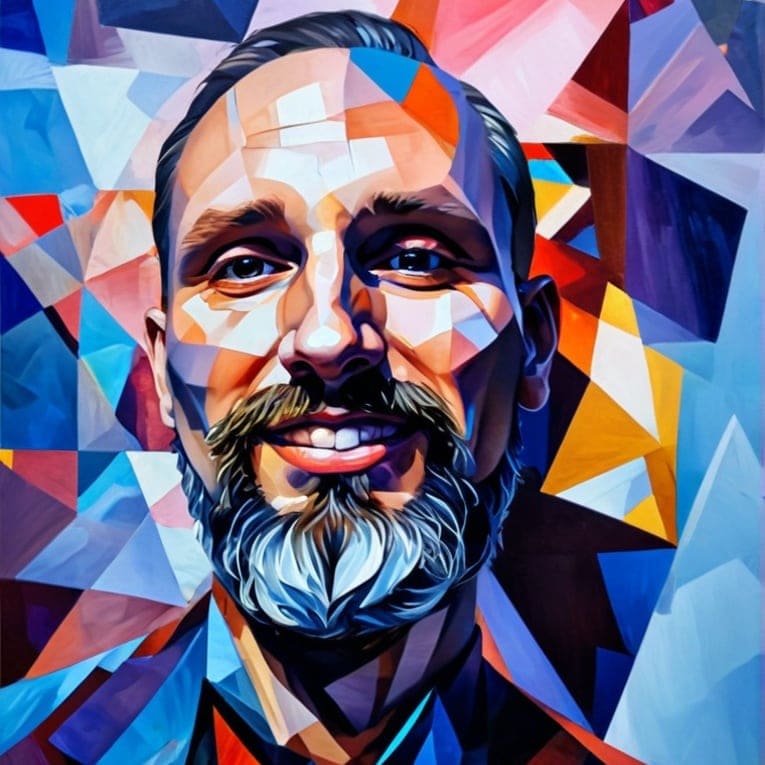Briefly
The palette and brush, staple tools of the artist, embody creativity, expression, and transformation. As symbols, they convey the power of the human mind to transform blank canvases into vivid expressions of thought, emotion, and imagination. The palette, with its array of colors, signifies the diverse potentials and possibilities that life offers. Each color represents a different emotion, mood, or idea, and their blending symbolizes the intersection and interplay of various elements. The brush, on the other hand, stands for the human ability to mold and shape these raw potentials into tangible forms. It represents control, precision, and the conscious effort in the creative process.
Palette in Dreams
In the realm of dream interpretation, seeing or using a palette and brush is often seen as a positive sign. Psychologically, this can be an indication of the dreamer’s desire or readiness to express themselves or their emotions more openly. It could suggest that the dreamer is ready to tap into their creativity or take on new challenges. The type of painting or the colors used in the dream can also provide further insight into the dreamer’s feelings and state of mind. A bright, colorful painting might indicate happiness and optimism, while a dark or chaotic painting could point to inner turmoil or confusion.
Palette in Myths and Folklore
In various myths and folklore, the palette and brush often appear as powerful tools or weapons, wielded by gods, heroes, or mythical beings with the power to shape and change reality. For example, in Greek mythology, the Muses, goddesses of the arts, are often depicted with palettes and brushes, symbolizing their divine influence over artistic inspiration and creation. Similarly, in some variants of Chinese folklore, the legendary figure Lu Ban is credited with inventing the brush, and is revered as the patron deity of craftsmen and architects. These stories underscore the cultural significance of the palette and brush as symbols of transformative power and creative influence.

Reviewed by Alexander Lys, M.L., a specialist in the field of symbolism research and dream psychology. A certified participant in numerous psychological seminars and courses, the author of hundreds of articles on psychology, including studies on symbolism in dreams and myths from a scientific perspective.



